Fabulous at 50: Nursing Program Improving with Age
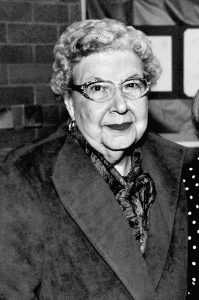
Helen Statts, founding director
The same year eight-track tape decks were introduced in Ford cars, a postage stamp cost five cents, and “Beam me up, Scotty” was first uttered in a Star Trek episode, Montgomery College opened a nursing program at the Takoma Park Campus. From its first academic year, 1966–1967, through today, the program has graduated 2,294 nurses. Now at 50, the program is stronger than ever.
“It’s very competitive to get into the program,” says Monique Davis, associate dean of health sciences and director of nursing. Enrollment is at a constant peak. Unlike most nursing programs, the College admits new students twice a year, in spring and fall. On average, 300 people apply for 128 seats. The program is rigorous, especially for those juggling family and work commitments, and attending full time.
“It takes new students three semesters just to get through their biology courses, which are program prerequisites,” says Davis. “Then they begin the nursing program, which is completed in four semesters.” Each semester, students meet a 180-hour academic requirement for clinical practice, which translates to 12 hours per week for the 15-week semester.
Nursing alumni work at every hospital in the Washington metro region. Many go on to earn BSNs (bachelor’s degrees in nursing) and advanced degrees. Full-time faculty hold master’s or higher degrees, with nearly a quarter having a PhD or DNP (doctor of nursing practice).
The program has adapted to keep pace with advances in medical care and treatment. Modern-day medical care requires nurses to incorporate information and technology into treatments, to communicate, mitigate error, and support decision-making.
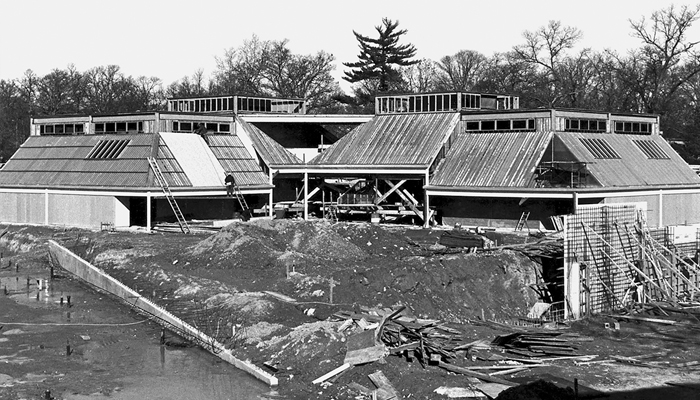
Mathematics, Nursing, and Social Science Pavilions under construction on the Takoma Park Campus in 1973.
In January 2004, the nursing program moved into the Health Sciences Center, a 98,000-square-foot facility, which was part of the $90-million expansion to the Takoma Park/Silver Spring Campus. It houses the Helen A. Statts Nursing Center, named after the program’s first director, and is among other health science programs, and a community clinic operated by Holy Cross Hospital.
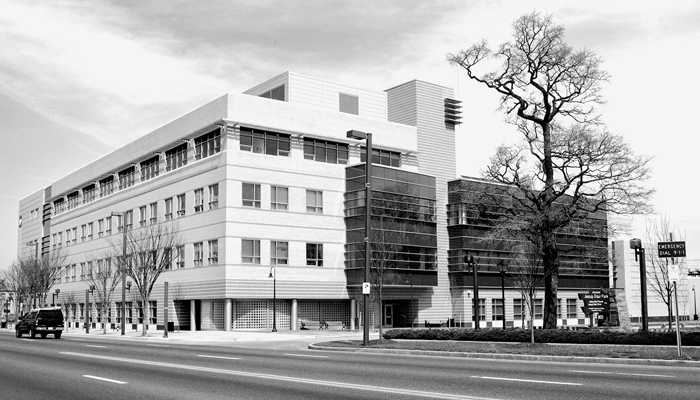
The Health Sciences Center on the Takoma Park/Silver Spring campus.
For students aiming for a BSN, the College opened a new pathway (ADN to BSN Pathway) through a partnership with University of Maryland School of Nursing in 2016. The pathway will increase the number of MC students completing four-year degrees and expand the supply of bedside nurses in Maryland and DC.
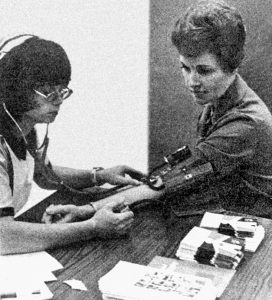 “What never changes,” says Davis, “is the patient-based approach to teaching and practicing nursing. Throughout the curriculum, students are taught to recognize the patient or designee as a partner in providing com-passionate and coordinated care.”
“What never changes,” says Davis, “is the patient-based approach to teaching and practicing nursing. Throughout the curriculum, students are taught to recognize the patient or designee as a partner in providing com-passionate and coordinated care.”
Graduation rates remain strong at 88 percent (2016). Overall, the nursing program has seen the number of degrees granted rise by 3 percent annually with a total of 899 over the past six years, or an average of 150 graduates per year. Since 2015, nursing has been the College’s third highest degree producing program.
After graduation, students must pass the National Council Licensure Examination (NCLEX)—a nationwide exam for licensing of nurses in the United States and Canada—to become a licensed RN, or registered nurse. MC nursing graduates’ NCLEX pass rates, traditionally in the 90 percentiles, saw dips a few years ago when the exam test plan and expectations were revised. In 2015, for example, the pass rate was 74.85 percent. The College was not alone in watching its pass rates sink.
“Nationally, all programs saw declines,” Davis says. “From April 2013 to 2015, nursing schools were modifying curriculum, admissions criteria, and looking at technology and software/simulation for instruction. We expect to see the results of our curriculum changes, which were implemented in 2015, in test results this year.”
Results in 2016 already showed improvements to the NCLEX pass rates at 76.22 percent, and another mid-year gain (January through June 2017) at 89.33 percent.
Looking forward, program goals include increasing the availability of clinical placements, boosting NCLEX pass rates, securing additional funding through grants, and replacing faculty who have retired. The program has been awarded more than $4.7 million in grants and $1 million for FY 2018. One of its largest awards, a $3,111,207 five-year award from the Maryland Clinical Simulation Resource Consortium, establishes MC as the lead to serve as a centralized resource center for simulation training (including web-based scenarios) and laboratory facilities.
—Diane Bosser






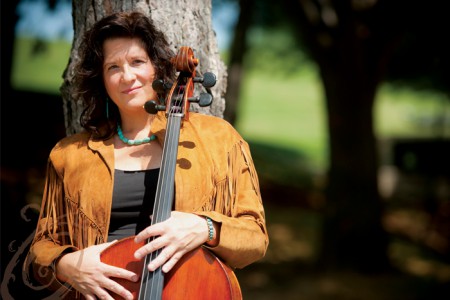

Follow Us